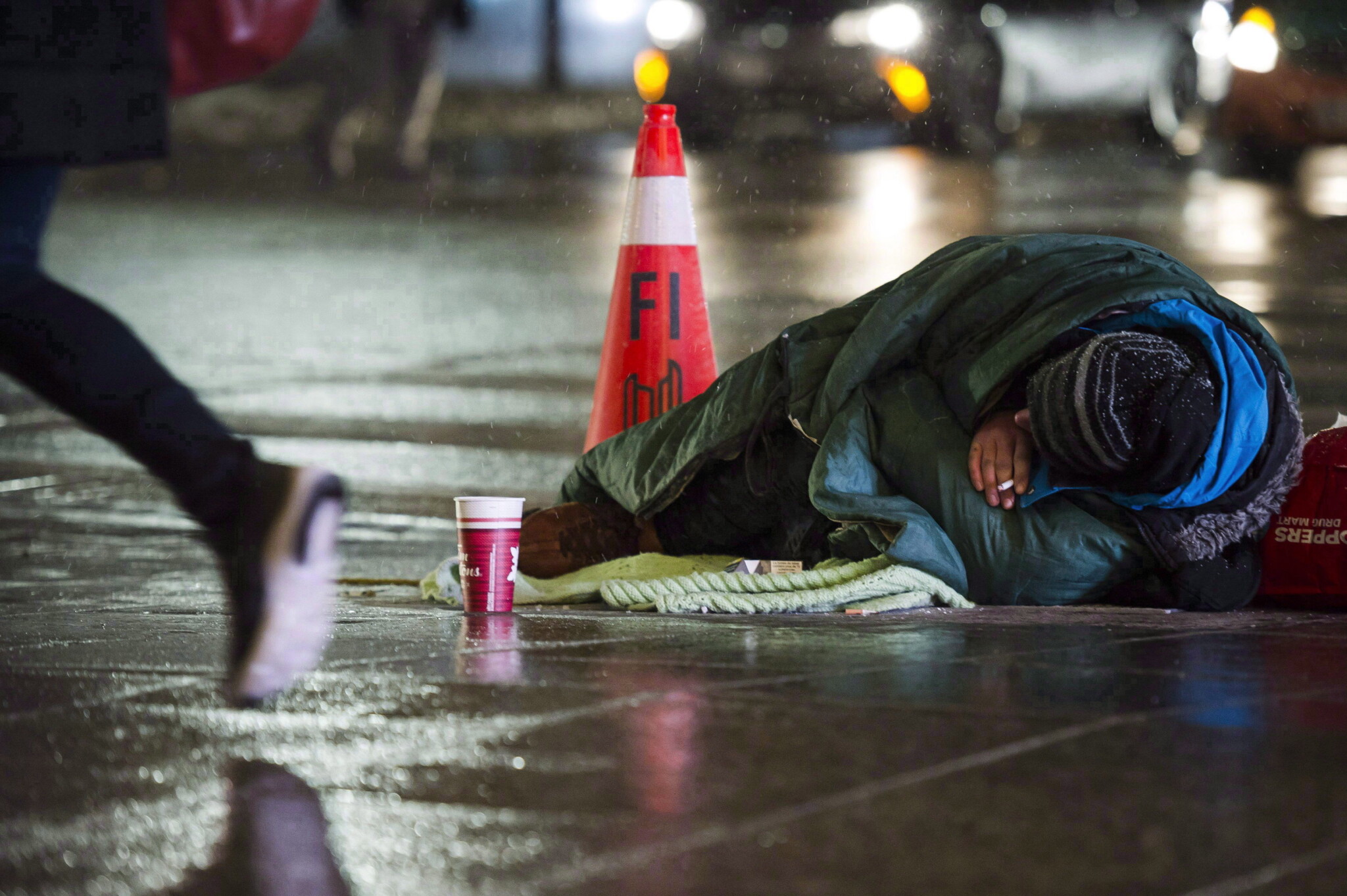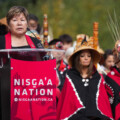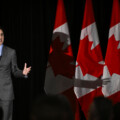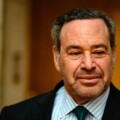In each EconMinute, Business Council of Alberta economist Alicia Planincic seeks to better understand the economic issues that matter to Canadians: from business competitiveness to housing affordability to living standards and our country’s lack of productivity growth. She strives to answer burning questions, tackle misconceptions, and uncover what’s really going on in the Canadian economy.
The vast majority of Canadians (82 percent according to one survey) believe that the government should do more to help people struggling with poverty. The same percentage believe income and wealth inequality urgently need to be addressed.
If Canadians think it is government’s responsibility to fix these issues, it’s useful to understand the relationship between them.
While it may seem like reducing inequality would reduce poverty and vice versa, that’s not necessarily the case. Places with low poverty may have high inequality, while places with rampant poverty may be home to people who are all equally poor.
In Canada’s case, individual provinces give us an interesting glimpse into the relationship between poverty and inequality. For this analysis, we use the Gini coefficient for after-tax income as our measure of inequality; the higher the number (between zero and one), the more unequal incomes are. And for poverty, we use the Market-Based Measure (MBM)—adopted as Canada’s official poverty measure in 2018.
Alberta, in particular, stands out when we compare the two. The province has consistently had one of the lowest poverty rates and highest median income. Yet income inequality in Alberta is fairly unremarkable—it is neither noticeably high nor low.
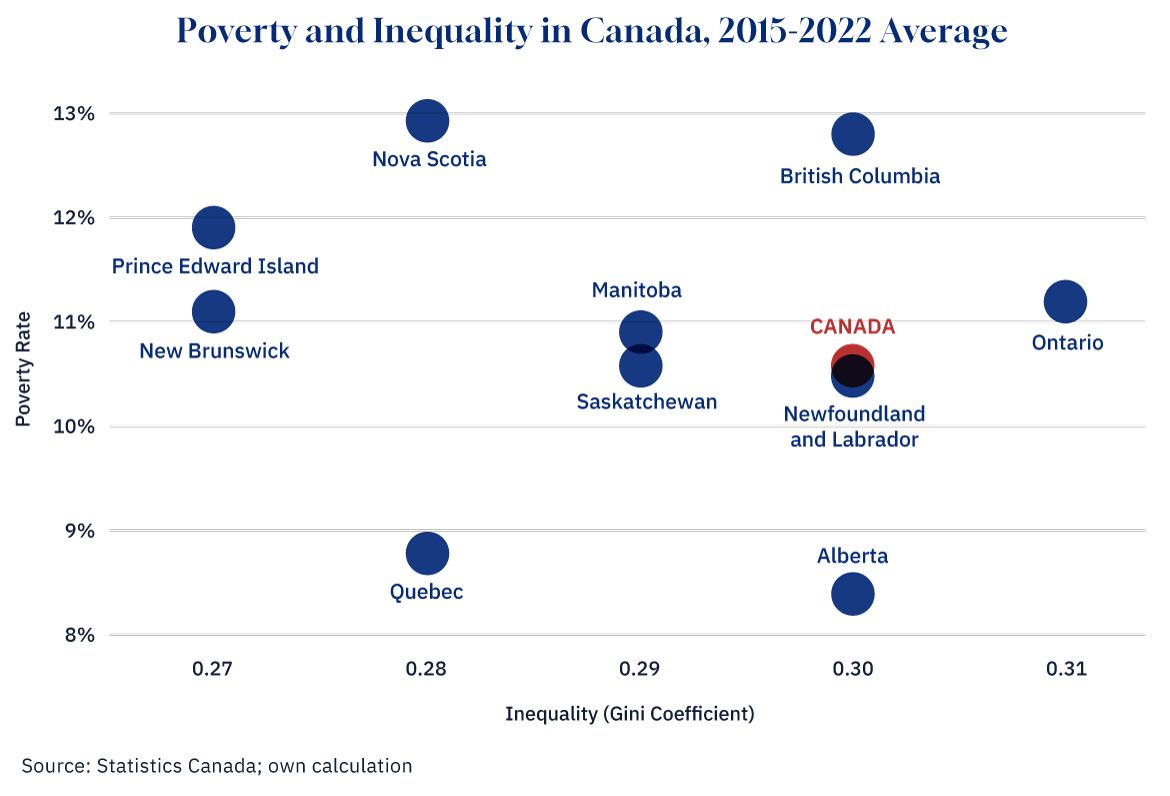
Graphic credit: Janice Nelson.
There isn’t a strong relationship between poverty and inequality elsewhere in the country either. Over the 2015-2022 period, B.C. and Alberta have had fairly similar levels of inequality, but poverty rates in B.C. were several percentage points higher than in Alberta. Meanwhile, the Maritime provinces had relatively low levels of inequality, but stubbornly high poverty rates.
All this offers some evidence that government policy need not link the two issues; tackling poverty does not necessarily require addressing income inequality. To be sure, at a certain point, inequality can be harmful, especially when it reflects inequality of opportunity. But provincial comparisons show some inequality is not necessarily a bad thing. And policies that focus on decreasing inequality, rather than reducing poverty, could be misguided.
This post was originally published by the Business Council of Alberta at businesscouncilab.com.
